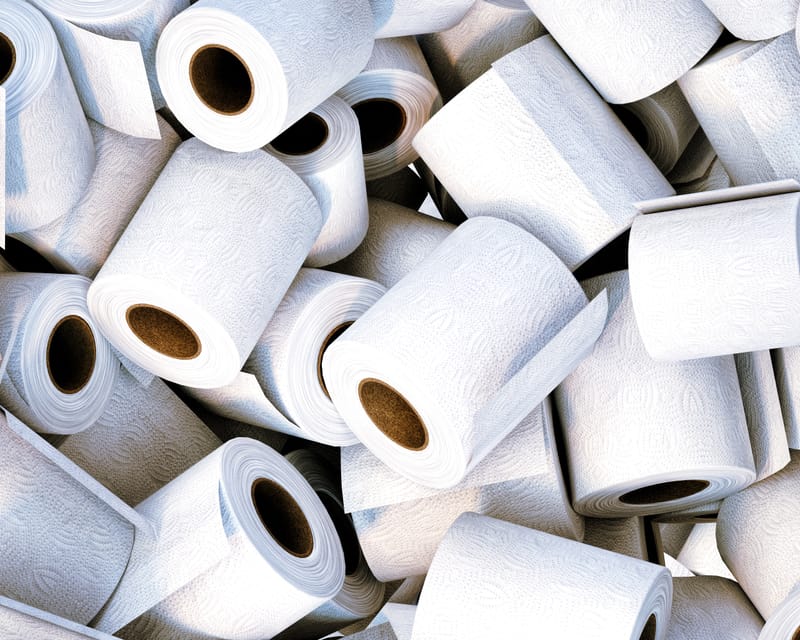TISSUE PARENT ROLLS

Wood-containing (mechanical) pulp and Recovered paper. Tissue paper came into use in 1920s and since the consumption has been consistently increasing.
Bulk tissue paper ($3B USD industry) is produced in large 2000-pound rolls (i.e. 1 US ton), nine feet high.
There are five types of tissue papers; Bathroom Tissue, Facial Tissue, Paper Towel, Paper Napkin, and Specialty or Wrapping Tissue. With the current market consuming 2.6 million tons per year, the tissue paper industry is broadly classified into two categories. They are the At Home (Consumer) tissue; and Away From Home (AFH). The At Home segment comprise of tissues that are used for domestic purposes.
The Away from Home segment are used for commercial and industrial purposes such as hotels, restaurants, hospitals and institutions; they include paper towels, toilet paper, napkins, facial tissue, dispensers and tissue products used in a working environment. A number of properties, such as absorption, porosity, coarseness, tensile strength, and tactility, determine the quality of tissue paper.
The Global Tissue Paper market has grown at a Combined Annual Growth Rate of 4.9 percent over the period 2012-2016. In 2015 the away from home sector, including hotels, experienced a spike of nearly 4%; significantly more than the previous year. This increase in demand has started to drive up the price of products, and the growth rates are exceeding what is typical for years past; suggesting that these tissues will continue to be high in demand.
In the United States demand for tissue paper products continue to increase at a consistent growth rate. In 2015 the United States had 312.88 million consumers and by 2020 that number will increase to 326.01 million consumers. The projected Combined Annual Growth Rate for the United States from 2016-2020 is 5.3%, a 9% increase in the growth rate from 2012-2016. With the United States tissue market having a 5.3% Combined Annual Growth Rate for the next 5 years, Mill Group's production will be rapidly absorbed.